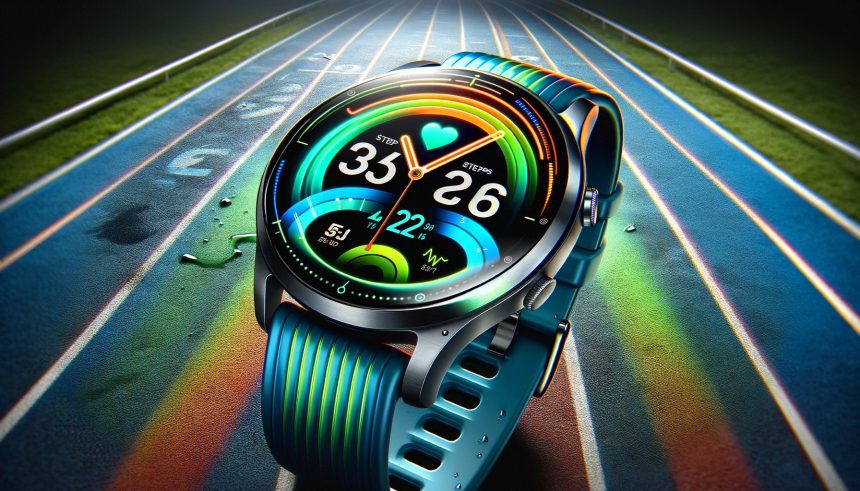Samsung has acknowledged a malfunction affecting the sleep-tracking feature of its Galaxy Watch. Users have reported inconsistencies in sleep data, prompting the company to investigate the issue thoroughly. This problem has raised concerns among fitness enthusiasts who rely on accurate monitoring for their health routines.
In recent years, Samsung has faced similar challenges with its wearable technology, addressing software glitches and hardware limitations. The company’s proactive approach in identifying and communicating these issues reflects its commitment to maintaining product reliability. Previous updates have successfully resolved other functionalities, suggesting a positive outcome for the current problem.
What Is the Nature of the Sleep-Tracking Issue?
Samsung confirmed that the sleep-tracking feature on the Galaxy Watch may not accurately record sleep stages. Users have noticed discrepancies between the watch’s data and self-reported sleep patterns.
“We are actively working to enhance the accuracy of our sleep-tracking algorithms,”
a Samsung spokesperson stated.
How Is Samsung Addressing the Problem?
The company is rolling out a software update aimed at improving the precision of sleep data. Samsung has also set up support channels to assist affected users in troubleshooting the issue.
“Customer satisfaction remains our top priority, and we are dedicated to resolving this promptly,”
the spokesperson added.
What Should Users Do If They Experience This Issue?
Users are advised to install the latest firmware update for the Galaxy Watch, which contains fixes for the sleep-tracking problem. Additionally, Samsung recommends recalibrating the device by resetting it and ensuring it is worn correctly during sleep. If issues persist, contacting Samsung support for further assistance is recommended.
The identification and prompt response to the sleep-tracking issue highlight Samsung’s ongoing efforts to enhance user experience. By addressing these concerns transparently, Samsung aims to maintain trust and reliability in its wearable products. Users can expect continuous improvements as the company refines its technology to meet consumer expectations effectively.










